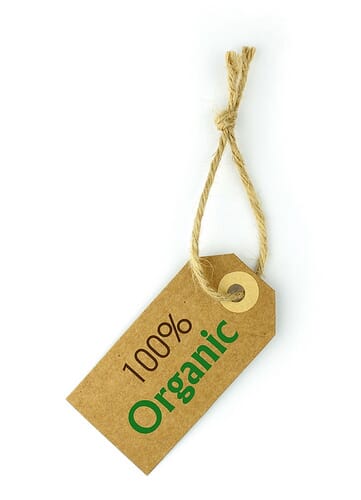From 2006 to 2010, the organic aquaculture industry in Canada grew by 160 per cent, showing the huge increase in demand for organic products, stated Ruth Salmon, Executive Director of the Canadian Aquaculture Industry Alliance (CAIA), during her presentation at Aqua Nor 2013.
With more people choosing organic products, there was a clear need for a fish organic standard. In order to create the standard, the CAIA used the organic standard for agriculture as a benchmark and began creating the standard for aquaculture in 1996.
Why Create an Organic Standard?
The organic standard was created in order to help facilitate trade, compliment the agriculture organic standard, meet the demand and to provide consumers with another option for fish.
The standard insures that no synthetics or GMO materials (apart from vaccines) are used in production. Farmers must also only use fishmeal that derives from trimmings (by products).
In order to be labelled organic, farmers must adhere to the prohibited materials list. The amount of the fish’s life spent as ‘organic’ also varies with country.
In Canada, fish must meet the criteria for 90 per cent of its life whereas, in the United States, the figure is higher at 95 per cent. In Europe the figure is a little more flexible at 60 per cent.
Fish Welfare
Producing organically can sometimes raise concerns over the health and welfare of fish, as antibiotics are not allowed. However, vaccinations are required and if any fish do become ill they must be treated. Once treated however, the fish are pulled out from the organic production line.
Facilities are also to be designed in a way that offers the best environment possible for fish and free from stress.
Success for Farmers
Also speaking at Aqua Nor 2013, Paul Casburn, SAI Global, demonstrated how farmers in Ireland have benefitted from organic fish production.
Irish farmers produce around 120,000 tonnes of organic salmon each year, with a value to the economy of €80 million.
Farmers turned to organic production to create an identity and something which could boost profits against Norwegian salmon exports.
In 1996, the first farm was certified organic and now products are sold at around €6000 per tonne to the big organic markets in Germany and Switzerland and elsewhere across Europe.
Reaching the Consumer
The success of the organic aquaculture industry all comes down to what the consumer decides to choose. In order to make the most of and promote the product, it is essential that labeling is visible to the consumer.
Products must also be sold year round and at stable prices in order to make a profit and, in general, all of the stock needs to be sold, commented Ove Thu, Villa Organic.
Mr Thu continued to say that the main organic consumers are the dedicated, who will buy at any price, the trendy, who are motivated by what the media says and the families with small children who care what their children eat.
Is it Worth the Risk?
In conclusion, there are benefits to farming organically. Farmers are able to sell for higher prices in this niche market and with more people becoming concerned about what they eat, demand is risng. There are however drawbacks to organic production. Farmers must first consider the risk they are taking as if fish become ill and are treated then they lose profit.
Another long term concern is that as all fish farming becomes more sustainable and in turn more credible and healthy, will there still be a demand for organic fish?
August 2013




